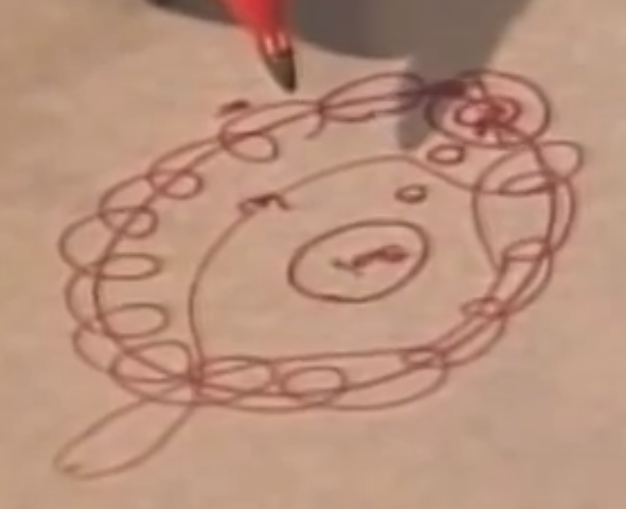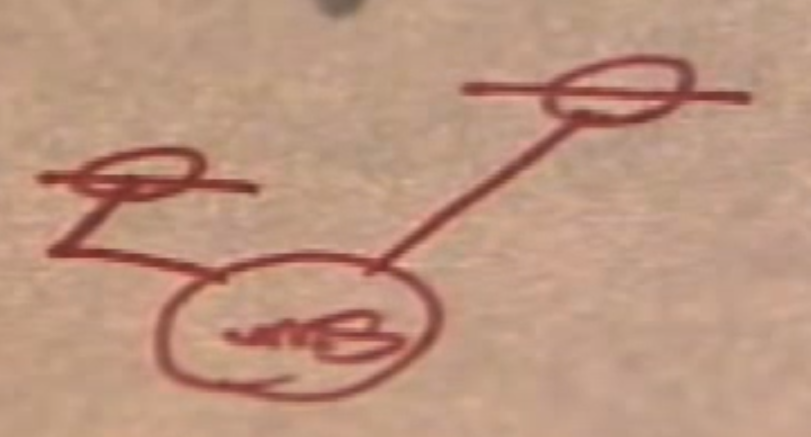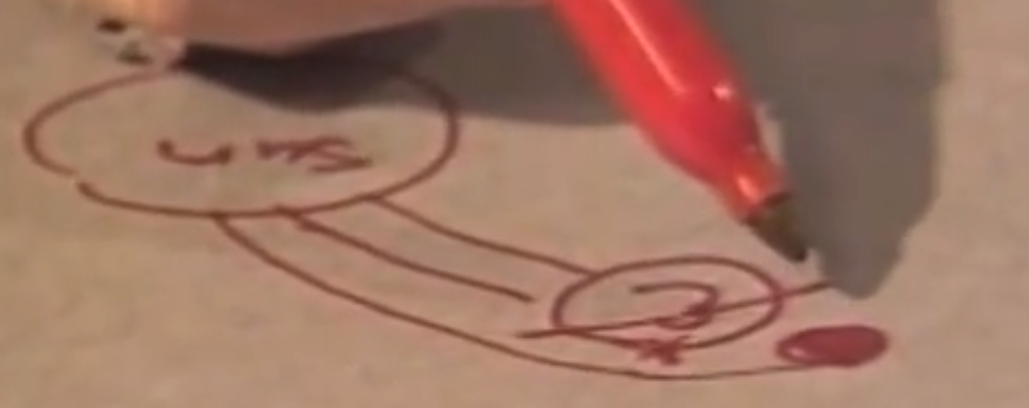I was bad at Chemistry
One might assume that, because my background in a B.Sc. in Math and Physics, I had a strong grasp of chemistry. After all, Physics and Chemistry are quite brotherly subjects. Well, I did not. While concepts in Physics made “sense” to me from day one – after all, I felt I was living in a “physical” world, and the concepts covered often referenced things I was familiar with through day-to-day experience – a deeper understanding of Chemistry eluded me for many years. To be clear, I struggled with chemistry up until my final few months of high school.
Specifically, I just could not “get” particle models of matter. I couldn’t accept, intuitively, that atoms and particles were/are real things. I couldn’t understand how we knew what they look like, how they move, any of it. I didn’t understand how tests could be done on them, I didn’t understand how we could see them and I didn’t understand how the objects I used in day-to-day life, like a pencil, could be made up of these mysterious particles like “hydrogen” and “carbon”. It all just seemed imaginary. Reflecting back on it all now, I attribute much of this frustrating mental block to the following:
1. never having a passionate teacher who took the time to thoroughly explain the concepts. (like Heather, I felt I was being given information to know, not explanations to understand)
2. my younger self took a long time to understand the purpose of a lab, and we had limited equipment. (other kids always took the lead and basically did the labs for me, or we were forced to watch the instructor do the labs)
3. Through almost my entire time with K-12 chemistry I probably only saw two videos about chemistry. (even then the animations and CGI were so bad that it all just seemed like hocus pocus; I couldn’t tell what actually existed and what was an artist’s interpretation)
Even after being told what I was supposed to know, I was always left with the question “yes, OK. But… what really happens?”
I had a persistent mental block; an elaborate private universe, containing a world of misconceptions.
With this in mind, I understand Heather’s situation. Being “bright” didn’t seem to affect the severity of her private misconceptions. I noted the following challenges throughout the video:
- Heather does not believe the Earth goes in a circle, and instead believes it goes in a very unusual pattern.

- She believes that indirect beams of light/energy from the sun cause summer, while direct beams cause winter. She says “it doesn’t go in a straight line”.
I still don’t quite know what she is getting at here.

- She believes that “rays from the sun come around the Earth and illuminate that part of the moon because of the Earth’s shadow”, which is her explanation for the crescent moon.
This is a super common misconception but is flat-out wrong.

- She knows that she had to learn the phases of the moon, but couldn’t remember if she was taught where the moon was for the phases.
Many students will have similar stories from their own education.
Disconnected
Clearly there is a disconnect here between what the teacher has discussed in class and what Heather believes. It’s hard to tell from the video, but it’s quite likely that there was not enough time spend on gauging prior knowledge and focused unearthing of student misconceptions prior to teaching the topic. The teacher started the teaching already assuming the students had some basic, shared knowledge. Clearly, that was a mistake. Perhaps if private Universe had been filmed in 2018, the teacher would have leveraged some digital tech such as PhET to teach the phases, and/or had students explain their personal theories individually and/or in groups using these tools prior to beginning instruction.
A Digital Solution
Speaking of digital technology, and circling back to my initial thoughts on particle models, I found research that suggests many preschoolers, elementary, and middle school students all have (incorrect) intuitions about the existence of “invisible particles” in contexts such as dissolving matter (Samarapungavan, Bryan, & Wills, 2017, p. 1016). What was interesting is that when interactive game contexts were used for understanding simple molecular models, children as low as kindergarten show success using them to explain heat and temperature phenomena (Samarapungavan, Bryan, & Wills, 2017, p. 1016). Maybe if I had these tools contexts growing up I’d have bucked my misconceptions much earlier.
Darkness Rises … and Light to Meet It
There’s another interesting point I encountered in my research which helps explain Heather’s case. The researchers found that, especially in regard to light and shadows, suggest that “it is important to continually attend to and systematically address students’ concepts of materiality in the context of ongoing physical science instruction across grade band topics with a variety of phenomena” (Samarapungavan, Bryan, & Wills, 2017, p. 1017). It is likely that Heather formed this misconception much earlier than the filming date, and carried these ideas with her year after year, unquestioned. Is this her fault? No, not really. Perhaps it was the fault of the teachers, or the system, for failing to “continually and systematically address” the concepts.
I truly feel like I’ve just scratched the surface of this topic, and I’m truly looking forward to both the comments on my post as well as reading and commenting on yours!
All the best,
Scott